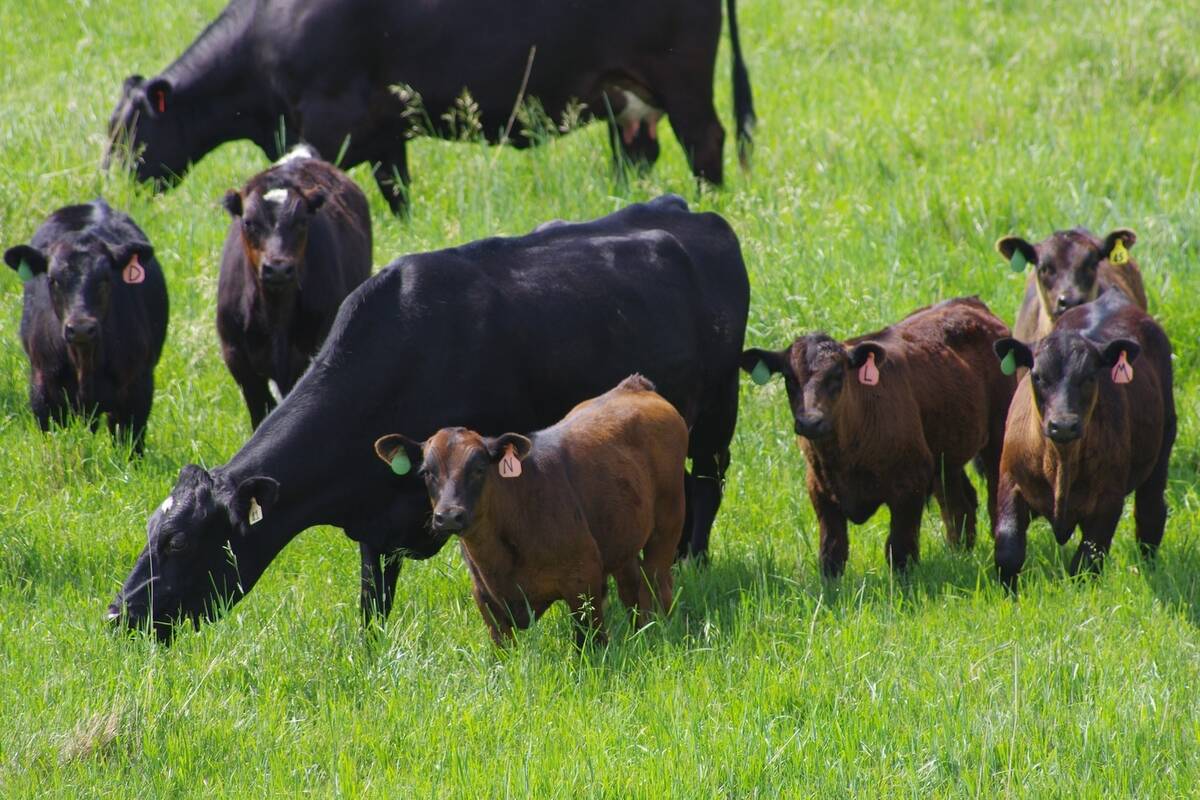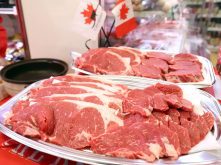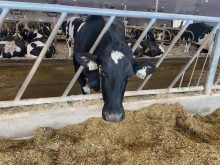China is likely to face tighter pork supply in the second half of the year as a disease among piglets reduces the number of animals for slaughter and higher feed grain costs force small farmers in the world’s most populous nation to curb production.
A squeeze in China’s pork supply during the high-consumption winter months and near-record feed grain prices could push up prices, prompting authorities to import more meat and supporting the price of U.S. hog futures.
Although the porcine epidemic diarrhea among piglets in China has not reached alarming proportions, analysts say it is starting to raise concerns over supplies.
Read Also

Grazing ‘sweet spot’ boosts pasture performance
Timing-focused approach to pasture management touted to boost forage growth, livestock gains while also cutting farmer labour and inputs
“In the second quarter food prices will remain low but in the third and fourth quarter we will see food inflation coming back as pork prices will gradually move higher,” said Jean-Yves Chow, a senior feed industry analyst at Rabobank in Hong Kong.
“There is a disease in piglets right now, so in the next four months pork prices will go up as there will be less pigs available for slaughter.”
China’s hog industry, responsible for annually producing 50 million tonnes or half of the world’s pork output, suffered a deadly outbreak of blue ear disease in 2007 and 2008, which reduced the country’s supplies of staple meat and lifted prices.
“We need to pay more attention to the disease and if it spreads as it can influence pork price at the end of this year and early next year,” said one analyst with the official think-tank China National Grain and Oils Information Center.
China has seen prices of its staple meat slide for 12 consecutive weeks, falling below cost of production. In late April, pork was quoted around 21 yuan a kg, down 22 per cent from the beginning of this year and 30 per cent lower than an all-time high of 30 yuan a kg in September, according to Rabobank.
As a result, China will increase state purchases of frozen pork to lift prices, amid mounting concerns that farmers’ profit margins are being squeezed as the prices of live hogs fall.
Analysts say wild swings in China’s pork prices could force small farmers out of business, having an impact on supplies as they still account for around 30 per cent of the supply.
“I think the small farmer will be hit the most as they have a weaker management of the disease,” said Rabobank’s Chow.
Surge in demand
China, which is witnessing a surge in pork demand, is likely to source more corn and soybeans from the global market in coming months as domestic supplies shrink.
It has already bought more than four million tonnes of corn from the United States this season.
For soybean, China’s demand is seen as more bullish as the world grapples with lower supplies after a drought in leading exporters Brazil and Argentina earlier this year curbed output, lifting U.S. prices to a near four-year high.
In addition to lower South American supplies, analysts see relentless demand from China — which saw purchases climb 21.6 per cent in the first quarter — as a leading market driver.
China’s pork imports from the United States climbed more than threefold in 2011 and the nation could be in the market for more meat later this year, even though lower prices in this quarter mean a slowdown in shipments.
“Imports will rise this year as happened last year,” said Zhu. “It can’t make a significant difference in supplies because China is such a huge market, but it does have a psychological impact.”














